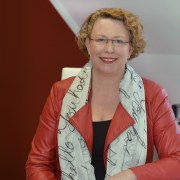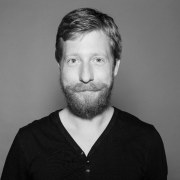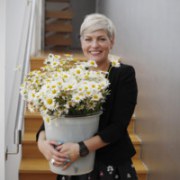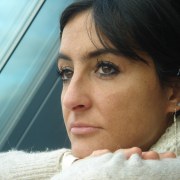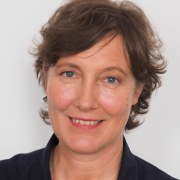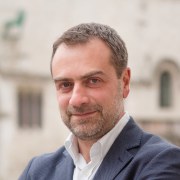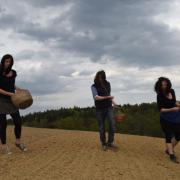Science centres and museums are moving part of their activities out of their premises. These outdoor activities enable science centres to communicate and promote science with wider and more diverse audiences.
What can we accomplish by moving our activities outside? What is the best way to do it? Transforming streets, stadiums, islands, parks and bridges into a roofless museum space can be a demanding task, often requiring high(er) human and financial resources and the involvement of many different entities.
After a series of short case study presentations, participants will be invited to share their own experiences.
Facilitator
Session speakers
Events Manager
Berlin
Germany
In the year 2016 Science Picnic of Polish Radio and Copernicus Science Centre will be run in Warsaw for the 20th time. In these 2 decades we grew from a few tents with science experiments on a public square to an event encompassing a whole National Stadium. Today we rediscover the Picnic again. We look closely on collaborations with all our partners, trying to nourish and support a community believing in reaching out to the public and engaging them in scientific research. Let’s find new ideas!
Project Manager
Ljubljana
Slovenia
Being limited with walls and ceilings encouraged us to move some of our activities outside. We started small with few activities, moving experiments outside our premises and invading schools, ventures, streets, squares and bridges across the county. There are logistical, regulatory and organisational challenges. How do we overcome them? Do we really reach a wider and more diverse public? Do we inspire more people to learn?
Head of Audience Development
Trento
Italy
The outside activities are a good method to reach and engage new public, but for us it's very important to choose the perfect enviroment to develop and to propose this activities. The double experience of the MUSE, the new science museum of Trento in the north Italy, can present a good example, but also a experience wrong. When it's a good approach and when it's better to give up? In this session we discuss this together.
Consultant and trainer
Vienna
Austria
Science centers, museums and other indoor places for science communication have concrete and symbolic thresholds, which may be high barriers for certain groups of visitors. Both, trust-building and making people curious, may be relevant in overcoming these barriers. We will discuss the example of the pop-up “knowledge°room” in Vienna, where spontaneous and low-budget outdoor activities were realised in order to build such a bridge into the knowledge°room for local residents and passers-by.
Director at Psiquadro
Perugia
Italy
(and Massimiliano Trevisan)
An increasing effort to renovate the panorama of science communication formats has been stressed by science communicators over the last years. Unusual venues, such as sreets, squares, islands and other can ispire such new formts and can become interesting settings to train both young scientists and science communicators.
The session will explore some examples ranging from researchers' speakers corners to researchers' dialogues combined with science shows and perform
Artist
Observation Journal
Graz
Austria
Sergey Kishchenko and RESANITA (Anita Fuchs and Resa Pernthaller)
How an artistic research does evolve into international multidisciplinary project? How does a field planted by artists and scientists become the exhibition and the field of communication? While preparing to “Observation Journal” project we made several visits to Vavilov State Institute of Plant Industry. We were amazed that such a huge institution is open to new ideas, experiments and collaborations. This openness ensured us that art is a powerful instrument that removes barriers between scientists, artists and society.

